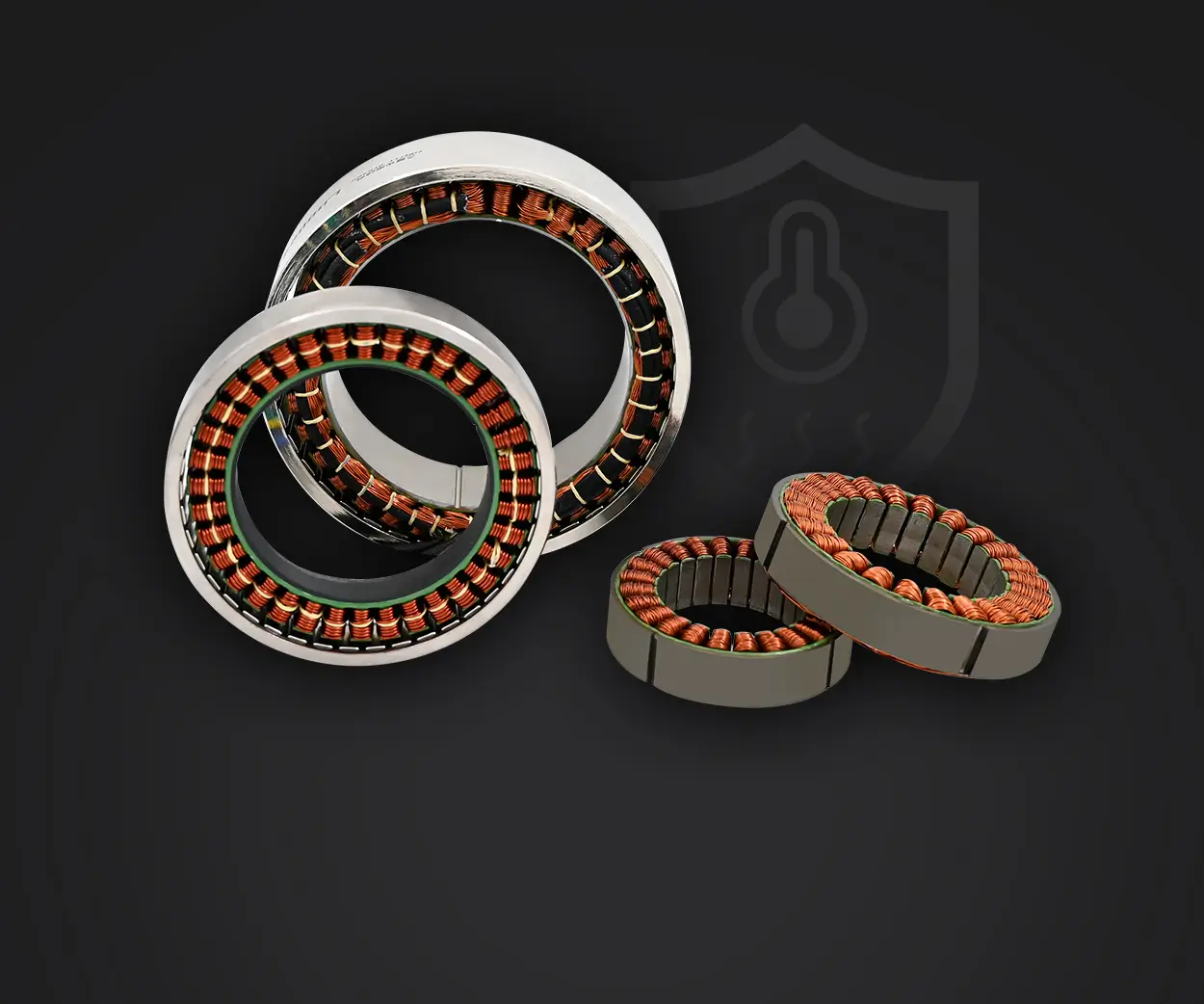Imagine this: you’re building a sprawling online platform. Do you go with a monolith, a giant all-in-one structure, or break things down into microservices? Yeah, it's that classic tug-of-war in the tech neighborhood. Both have their charm and their quirks, but when it comes to scaling up without drowning in complexity, which one truly shines?

Let’s talk about monoliths first. It’s like having one big, unified workspace—everything you need under one roof. When you’re starting out, this sounds simple enough, right? It’s easier to deploy, test, and manage because all components are sewn together. But what happens when your user base skyrockets? Suddenly, updating a feature can feel like rewriting the entire building. Downtime sneaks in, and scaling means you have to beef up the whole structure, which isn’t just costly but also slow. Think of it as trying to expand a single skyscraper versus adding new wings—challenging without turning chaos into a regular affair.
Microservices, on the other hand, are like building a city. You create small, independent blocks that communicate but can grow or shrink without affecting the whole neighborhood. This setup makes scaling more targeted—add more microservices where traffic is heaviest, and keep the lighter ones lean and quick. Flexibility, high availability, easier updates—these are the perks. But then, managing dozens or hundreds of microservices becomes a balancing act. It’s about orchestrating a busy city, ensuring traffic flows smoothly without gridlock.
Now, what about unexpected spikes? Say, a viral campaign causes a sudden surge—would a monolith handle that gracefully? Maybe temporarily—if it’s built with scalability in mind. But microservices excel here. With containers and orchestrators, they can spin up new instances in seconds, handling load spikes like a pro.
Here’s a real-world twist: consider a streaming service that suddenly gets overloaded during a hit show finale. Microservices allow rapid scaling of content delivery, user management, and analytics independently. Monoliths might struggle, requiring bigger servers and longer downtime. That moment of peak demand can define the difference between satisfied users and frustrated ones.
So, what’s the golden rule? It hinges on needs. If your project is still sprouting and isn’t expected to grow fast, perhaps start monolithic. But if you’re eyeing rapid expansion and agility, microservices are the way to go—just be ready for the extra management overhead.
All in all, whichever path you pick, scalability is about foresight. It’s not just about handling today’s traffic but planning for tomorrow’s possibilities. Whether you choose the stability of a monolith or the agility of microservices, the goal remains—delivering smooth, seamless user experiences as your platform evolves. That’s where the true power lies.
Established in 2005, Kpower has been dedicated to a professional compact motion unit manufacturer, headquartered in Dongguan, Guangdong Province, China. Leveraging innovations in modular drive technology, Kpower integrates high-performance motors, precision reducers, and multi-protocol control systems to provide efficient and customized smart drive system solutions. Kpower has delivered professional drive system solutions to over 500 enterprise clients globally with products covering various fields such as Smart Home Systems, Automatic Electronics, Robotics, Precision Agriculture, Drones, and Industrial Automation.




































